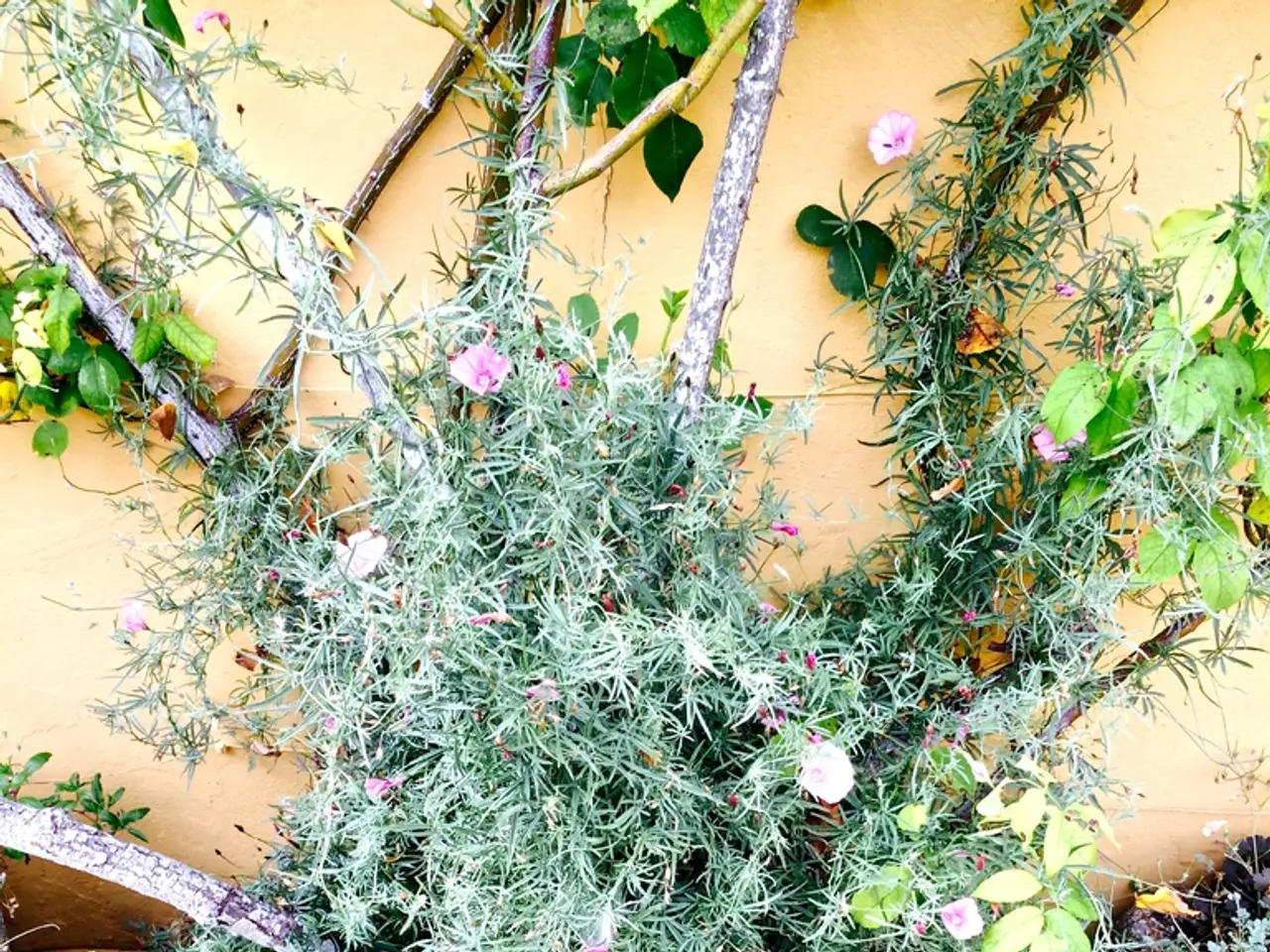Major Hindu Deities and Their Symbolic Vegetation
=========================================================================
In Hindu mythology, several trees hold profound spiritual and medicinal significance. Among these are the Tulsi, Peepal, Neem, Banyan, and Sandalwood trees, each associated with specific deities and traditional uses.
The Tulsi Tree
Known as the “queen of herbs,” Tulsi is closely associated with Goddess Lakshmi and Lord Vishnu. It is worshipped daily in many Hindu households and believed to purify the mind, body, and soul, offering spiritual protection and blessings. Tulsi is a potent medicinal herb used in Ayurveda for respiratory issues, fever reduction, and immune support. Its antibacterial and anti-inflammatory properties are highly valued in traditional medicine.
The Peepal Tree (Ficus religiosa)
Sacred in Hinduism, Buddhism, and Jainism, the Peepal tree is believed that Lord Buddha attained enlightenment under a Peepal (Bodhi) tree. In Hindu belief, it represents the Trimurti—Brahma, Vishnu, and Shiva. The Peepal is linked to Lord Vishnu's manifestation and symbolizes protection and spiritual purity. It is used in rituals such as Vat Savitri Puja for marital longevity.
Parts of the Peepal tree (bark, leaves, roots) are used in Ayurvedic remedies for digestive disorders, respiratory issues, skin conditions, and as a natural air purifier. It uniquely releases oxygen even at night, enhancing environmental health.
The Neem Tree (Azadirachta indica)
Neem is regarded as sacred and associated with several deities, particularly related to purity and protection in Hinduism. It is revered for its power to ward off evil and disease.
Neem leaves, bark, and oil have strong antiseptic, antifungal, and antibacterial properties, widely used in traditional medicine to treat skin diseases, infections, and for general detoxification.
The Banyan Tree (Ficus benghalensis)
Considered a symbol of eternal life, the Banyan tree is linked to the Trimurti (Brahma, Vishnu, Shiva) and is important in many rituals. It is a place for meditation and spiritual contemplation, believed to offer shelter and foster family unity.
The Banyan tree’s parts are used in Ayurveda for diabetes management, diarrhea, and skin diseases. It also supports ecological balance by providing habitat and improving air quality.
The Sandalwood Tree (Santalum album)
Sandalwood is sacred and tied to spiritual purity and prosperity. It is used in religious ceremonies for its fragrant wood and paste, believed to calm the mind and invoke divine blessings, often associated with Lord Vishnu and Lord Shiva.
Sandalwood has antiseptic, anti-inflammatory, and cooling properties and is used in treating skin ailments, fever, and stress-related conditions. Its fragrant oil is also used in aromatherapy for mental relaxation.
These trees integrate spiritual reverence with medicinal benefits, deeply embedding them in Hindu traditions and Ayurvedic healing, symbolizing the unity of health, spirituality, and nature.
- The nursery becomes a haven for various plants, such as the Tulsi, Peepal, Neem, Banyan, and Sandalwood trees, each harbinger of unique roots in spiritual and medicinal practices.
- In the garden, the Peepal tree, or Ficus religiosa, stands tall, its leaves symbolizing the Trimurti and its bark offering ayurvedic remedies for digestive disorders and skin conditions.
- Gardening enthusiasts may find solace in tending to a Banyan tree, symbolizing eternal life, while taking advantage of its roots used in Ayurveda for diabetes management and diarrhea relief.
- For those seeking a balance between health, wellness, and lifestyle, the healing properties of the Neem tree, Azadirachta indica, can be found in leaves, bark, and oil, used traditionally to treat skin diseases and infections.
- In shopping for home and garden essentials, one might stumble upon natural air purifiers like the Peepal or Sandalwood trees, which release oxygen even at night, contributing to overall fitness and exercise by enhancing air quality.




